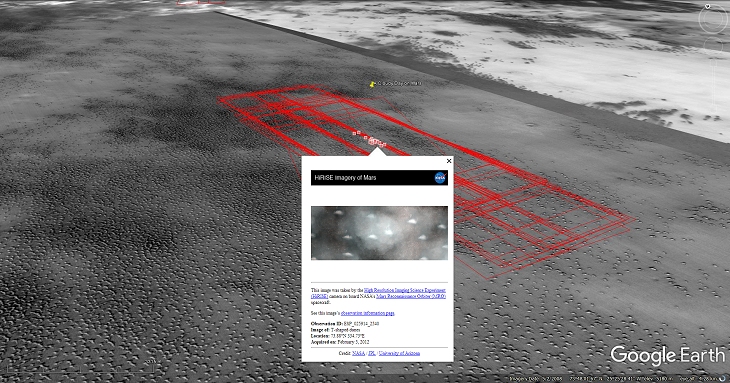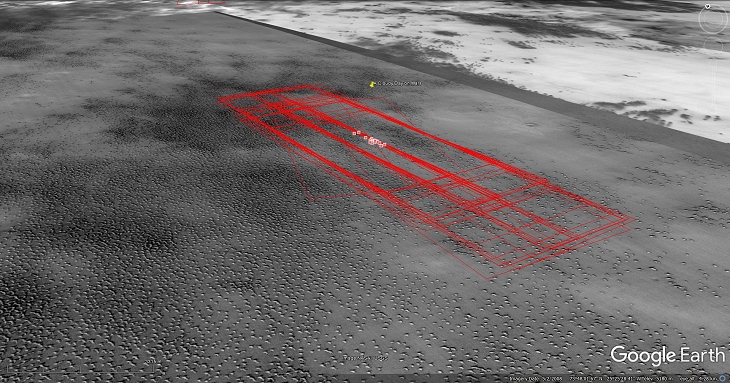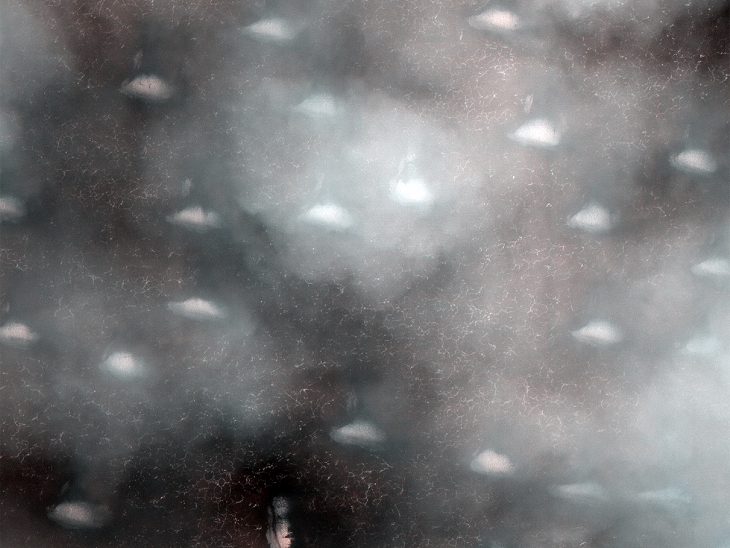Taking a look at typical clouds on Mars and comparing them to the recent 1500 km long oblong vapor trail/ash cloud photographed by the ESA persisting over the same area for weeks now.
Could it be that what we’re seeing in the ESA photograph is not a natural/typical cloud as we are lead to believe by mainstream science but rather a volcanic ash trail or vapor trail?



Original NASA source:
https://www.uahirise.org/ESP_025914_2540
Other articles referenced in this video:
https://www.esa.int/spaceinimages/Images/2018/10/Elongated_cloud_on_Mars
https://earthsky.org/todays-image/may-18-view-from-space-of-pavlof-volcano
My YouTube video featuring ‘A Cloudy Day on Mars:’
My YouTube video featuring ‘Devastating Landslide in Xanthe Terra on Mars (includes Elongated Cloud Update):’
My YouTube video featuring ‘Cloud, Active Volcano or Terraforming on Mars:’
Subscribe to my YouTube channel and turn on notifications to be notified when new videos are uploaded.
Also visit Twitter page @RaptorZN_.
Disclaimer:
Images saved from within HiView or CTX viewer do not include image scale indicators. The image scale indicators I include in images are based on the official resolutions provided by NASA and although I strive to be as accurate as possible there may be slight deviations from the actual scale. Image scale indicators are included as a size approximation tool only.
Geometry lines are mapped as accurately as possible using the limited information, data and mapping tools available at the time, therefore the lines may deviate from target sites by a few kilometres. Revisions may be made in the future as new, more precise information, data and mapping tools become available.
Many or all of the anomalies/artefacts covered in this presentation may be naturally occurring geological features caused by some type of geological processes, however due to the lack of specific information from the source we can only speculate whether these are all natural or some artificial in nature.
In cases where I say an anomaly looks like something I’m attempting to clarify what I see and not specifically that the anomaly is what I say it looks like.
My intention is only to share anomalies I’ve discovered on Mars and not to convince anyone that there is or was a civilization on Mars.
As Will Farrar from WhatsUpInTheSky says: “I see what I see, you see what you see.”
